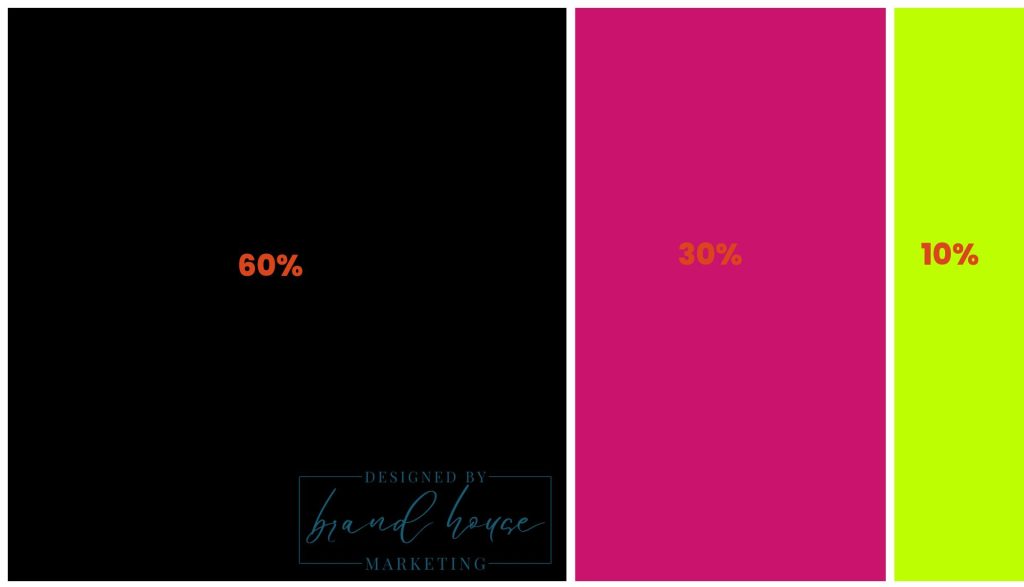
How Travel Brands Can Win AI Search
Find out how travel marketers can make content easy for AI to understand and feature—boosting brand visibility and traveler engagement.


The dominant color is the primary color in the design. It sets the overall tone and mood of the website and is usually the most prominent color. The dominant color should reflect your brand’s personality and message. For example, if you’re designing a website for a luxury brand, you may want to use a dominant color that exudes elegance and sophistication, like deep purple or navy blue. On the other hand, if you’re designing a website for a fun and playful brand, you may want to use a dominant color that’s bright and cheerful, like yellow or orange.

Find out how travel marketers can make content easy for AI to understand and feature—boosting brand visibility and traveler engagement.

Linkedin Facebook Instagram Tiktok X-twitter Pinterest Authored by: Kelsey Blum – Creative Director | Date Published: September 23, 2025 After working with numerous accounting firms